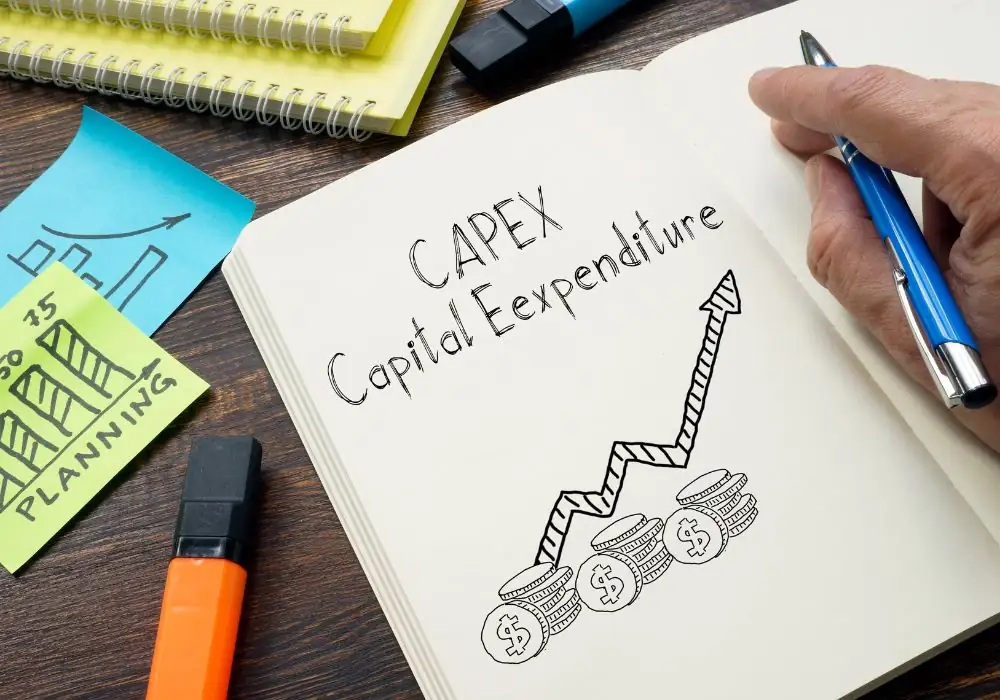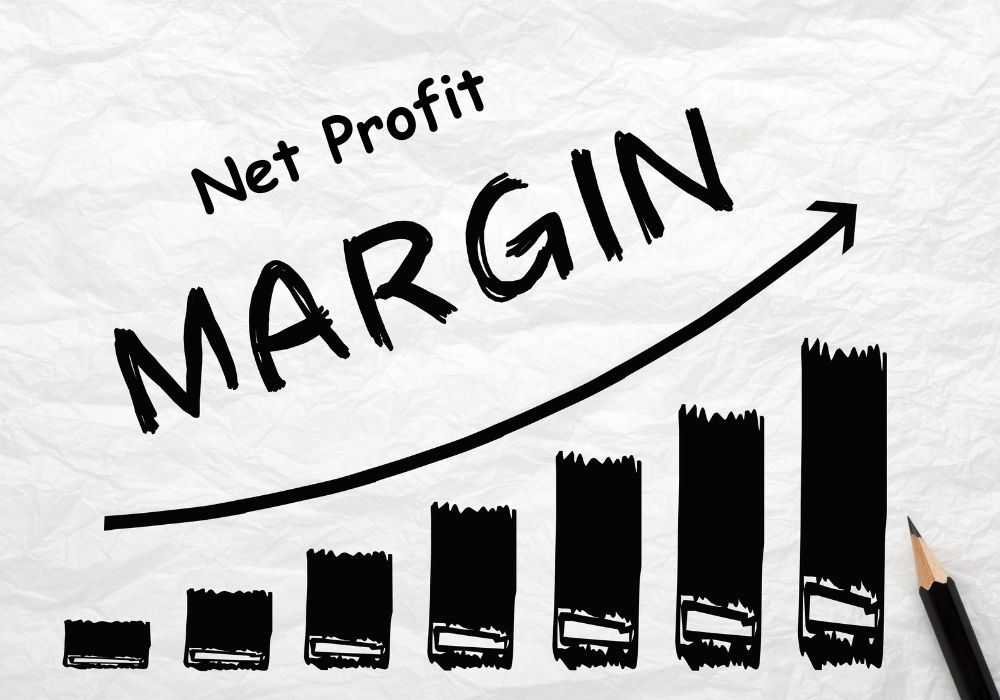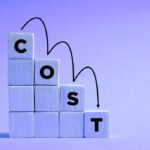As we know, a business needs care, upgrades, and sometimes a big investment to keep thriving. That’s where capital expenditure, or Capex, comes in—a term that sounds like corporate jargon but is just about spending money to make a business stronger for the long haul.
Let’s unpack what Capex means, how it’s calculated, why it matters, and answer some burning questions in a way that feels human and approachable.
What Is Capital Expenditure?
Imagine a small bakery. The owner, let’s call her Emma, has been using the same oven for a decade. It’s creaky, slow, and can’t keep up with the demand for her famous sourdough. So, she decides to buy a shiny new industrial oven.
That purchase? That’s a capital expenditure. Capex refers to the money a business spends on acquiring, upgrading, or maintaining long-term assets—things like buildings, machinery, vehicles, or even software that stick around for years.
Unlike everyday expenses (think flour, sugar, or utility bills), Capex is about big-ticket items that provide value over time.
These aren’t quick fixes or one-off costs; they’re investments in the future. Whether it’s a tech company buying servers or a farmer upgrading irrigation systems, Capex is the fuel for growth, efficiency, or staying competitive.
Why does this matter? Because these decisions shape a company’s ability to operate, innovate, and scale. A well-placed CapEx can mean the difference between a business that thrives and one that limps along.
The Capex Formula
Now, let’s get to the numbers—but don’t worry, this isn’t a math class. The formula for calculating capital expenditure is straightforward:
Capex = Ending Fixed Assets – Beginning Fixed Assets + Depreciation
Sounds simple, right? Let’s walk through it with Emma’s bakery.
- Ending Fixed Assets: This is the total value of long-term assets (like ovens, mixers, or delivery vans) at the end of a period, say a year.
- Beginning Fixed Assets: The value of those same assets at the start of the year.
- Depreciation: The amount by which those assets lose value over time due to wear and tear.
Suppose Emma’s bakery starts the year with $50,000 in fixed assets (her old oven and some equipment).
By year-end, after buying that new $20,000 oven, her fixed assets are worth $65,000. Depreciation for the year is $5,000. Plugging it into the formula:
Capex = $65,000 – $50,000 + $5,000 = $20,000
This tells us Emma spent $20,000 on capital expenditures—likely that new oven. The formula helps businesses track how much they’re investing in assets that’ll stick around.
But here’s the catch: not every business calculates Capex the same way. Some might focus only on cash spent, using a cash flow statement. In that case, Capex is the cash outflow for property, plant, and equipment (PPE). Either way, it’s a snapshot of investment in the future.
Why Capex Matters to Businesses
Think of Capex as planting a tree today that’ll bear fruit for years. Businesses use Capex to:
- Grow: A retailer opening new stores needs land, buildings, and fixtures—all Capex.
- Improve Efficiency: Upgrading to energy-efficient machines can cut costs over time.
- Stay Relevant: A software company investing in new servers keeps its platform fast and reliable.
- Replace Worn-Out Assets: That creaky oven? It’s gotta go before it stalls the whole operation.
But Capex isn’t just about spending big. It’s about strategy. Spend too little, and a business risks falling behind competitors.
Spend too much, and cash flow could take a hit. It’s a balancing act, like deciding whether to renovate your house or save for a rainy day.
Investors love looking at CapEx, too. A company pouring money into new factories might signal growth plans, while one cutting back could be tightening its belt. It’s a window into a company’s ambitions and health.
Capex vs. Opex: What’s the Difference?
Here’s where things get interesting. Capex isn’t the only way businesses spend money. There’s also operating expenditure, or Opex—think of it as the day-to-day costs of keeping the lights on.
For Emma’s bakery, Opex includes flour, wages, and rent. Capex, on the other hand, is that new oven or a delivery van.
The key difference? Timing and impact. Opex is short-term, hitting the income statement immediately. Capex is long-term, spread out over years through depreciation.
This distinction matters for taxes, budgeting, and how a business looks to investors. Capex builds the future; Opex keeps the present running.
Types of Capital Expenditures
Not all CapEx is created equal. Here are the main flavors:
- Growth Capex: Spending to expand, like a factory adding a new production line or a coffee shop opening a second location.
- Maintenance Capex: Money spent to keep things running, like replacing a broken machine or upgrading outdated software.
- Strategic Capex: Investments to pivot or innovate, like a car manufacturer building a plant for electric vehicles.
Each type serves a purpose. Growth Capex fuels ambition, maintenance Capex prevents breakdowns, and strategic Capex keeps a business ahead of the curve.
How Businesses Plan Capex
Planning Capex isn’t like impulse-buying a new phone. It’s a deliberate process. Businesses typically:
- Assess Needs: What’s broken, outdated, or holding back growth?
- Evaluate ROI: Will that new machine pay off through higher sales or lower costs?
- Budget: How much cash is available? Can the business borrow or issue stock?
- Prioritize: Should the bakery buy a new oven or a delivery van first?
Take Emma again. Her old oven limits production, so she calculates that a new one could double her output and sales.
She checks her cash reserves, weighs financing options, and decides it’s worth the investment. That’s Capex planning in action.
Challenges of Capex
Capex isn’t all sunshine and new ovens. It comes with risks:
- High Costs: Big purchases can strain cash flow, especially for small businesses.
- Long Payback Periods: A new factory might take years to turn a profit.
- Uncertainty: What if demand drops or technology changes? That shiny new machine could become obsolete.
- Financing: Borrowing for Capex means interest payments, while using cash might limit other opportunities.
Smart businesses weigh these risks carefully, often using tools like net present value (NPV) or internal rate of return (IRR) to evaluate whether a Capex project is worth it.
Capex Applications
Let’s zoom out. Big companies like Apple or Tesla make headlines with massive Capex projects—think new campuses or gigafactories.
But Capex isn’t just for giants. Small businesses, startups, and even nonprofits use CapEx to grow or survive. A local gym is buying new treadmills? Capex. A hospital upgrading its MRI machine? Capex. It’s everywhere, shaping how organizations evolve.
Even governments get in on the action. Building a new highway or public school? That’s public-sector Capex, funded by taxes or bonds, aimed at long-term societal benefits.
FAQs
Got questions? Here are answers to some common ones, keeping it real and relatable.
1. What’s an example of a capital expenditure?
Think of anything a business buys that lasts years—like a delivery truck, a new office building, or software licenses for a decade. For Emma, it’s her new oven.
2. How is CapEx different from an expense?
Expenses (Opex) are short-term costs, like paying rent or buying office supplies. Capex is for long-term assets that get depreciated over time.
3. Can CapEx be tax-deductible?
Not directly, but depreciation spreads the cost over years, offering tax benefits. Always check with a tax pro, though—rules vary.
4. Why do investors care about Capex?
It shows how a company is investing in its future. High Capex might mean growth plans; low Capex could signal caution or trouble.
5. How do companies fund CapEx?
Cash reserves, loans, issuing stock, or even leasing equipment. It depends on the business’s size, goals, and financial health.
6. What happens if a company spends too much on CapEx?
It could run out of cash, struggle with debt, or face losses if the investment doesn’t pay off. Balance is key.
7. Is software always CapEx?
Not always. A one-year software subscription is Opex. A multi-year license or custom-built software? That’s usually Capex.
8. How often should a business plan CapEx?
Most do it annually, but it depends. A fast-growing startup might review Capex quarterly, while a stable business might stick to yearly budgets.
Wrapping It Up
Capital expenditure is more than a dry accounting term—it’s the heartbeat of a business’s growth and survival. Whether it’s Emma’s bakery upgrading its oven or a tech giant building a data center, Capex is about betting on the future.
By understanding its meaning, formula, and role, anyone can see how these investments shape the world around us. So next time you hear “Capex,” think of it as a business planting seeds for tomorrow’s success.







